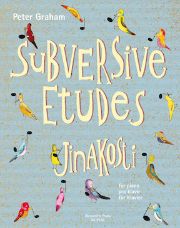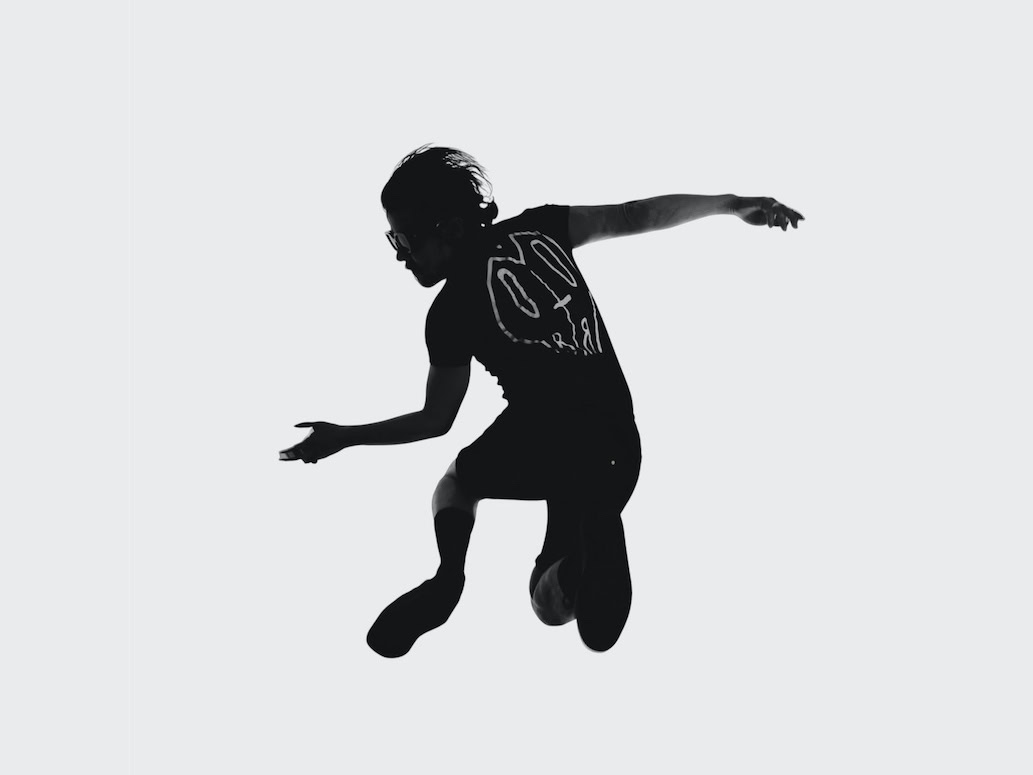Subversive etudes open the ears
The author Peter Graham challenges the children's ability to differentiate in the best sense of the word.

As soon as I leaf through the booklet, the short teaching pieces by the Czech composer Peter Graham (*1952, real name Jaroslav Štastný) are fresh in my mind, and the music with its unconventional texture immediately arouses my curiosity. On closer study, these pieces reveal themselves to me as fascinating miniatures which, for all their apparent lightness and brevity, have great expressive power. Some of them expand the sound spectrum through pedal effects or the resonance of muted keys, and further examples such as Stravinsky, Debussy, Satie or Janáček come to mind. As he writes in the foreword, Peter Graham is convinced that, with the right guidance, children can differentiate between sounds and rhythms in a much more sophisticated way than they have to in conventional teaching literature. That is why he calls his pieces Subversive Etudes.
The challenge lies in the fact that we, as teachers, get right into the middle of deciphering and discovering together with the pupils. By clapping, patting and tapping and with the help of Indian rhythm syllables (taka, takita, takadimi), complex rhythmic patterns are mastered and only transferred to the instrument when the idea is right. In the appendix, piano teacher Iva Oplištilová provides valuable methodical notes on how to work through the pieces.
Peter Graham: Subversive Etudes for piano, BA 9585, € 17.95, Bärenreiter, Prague 2015









